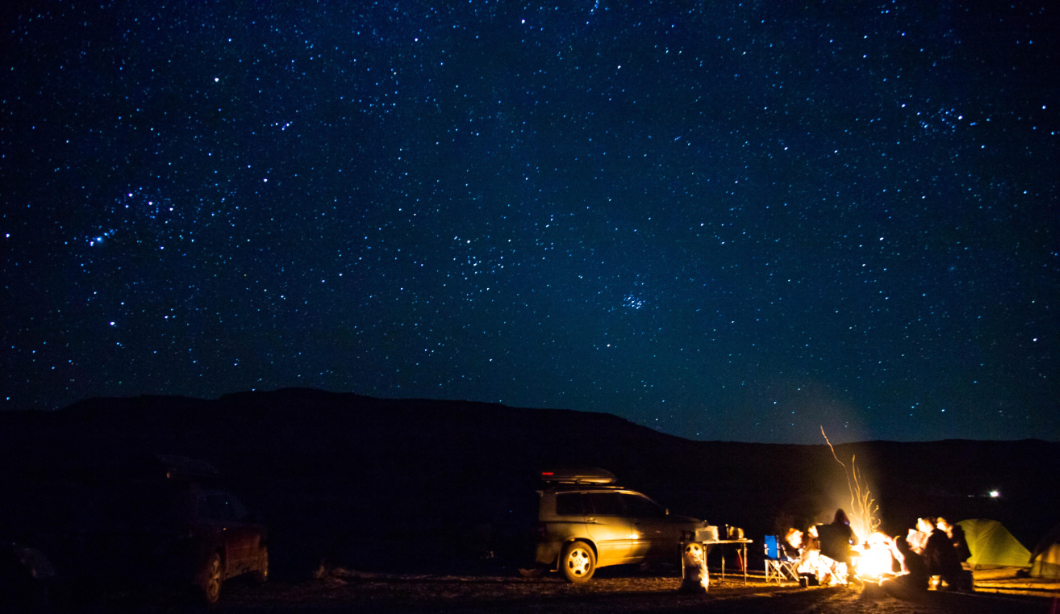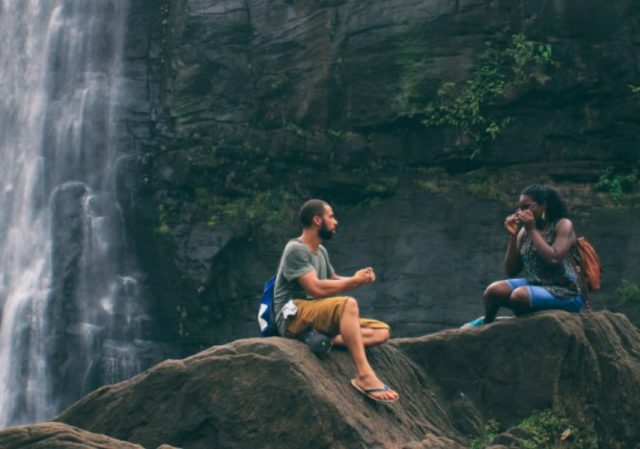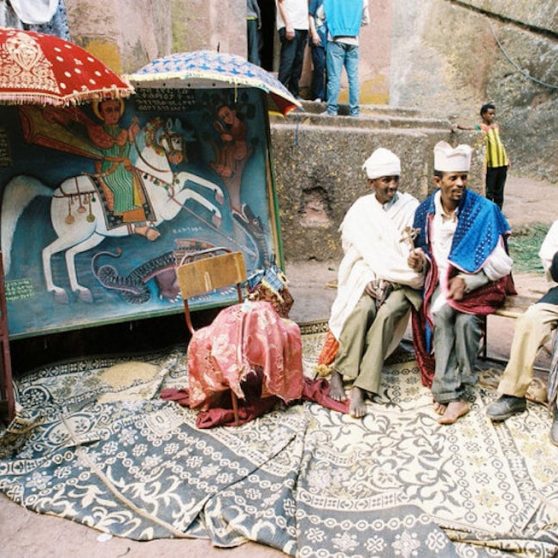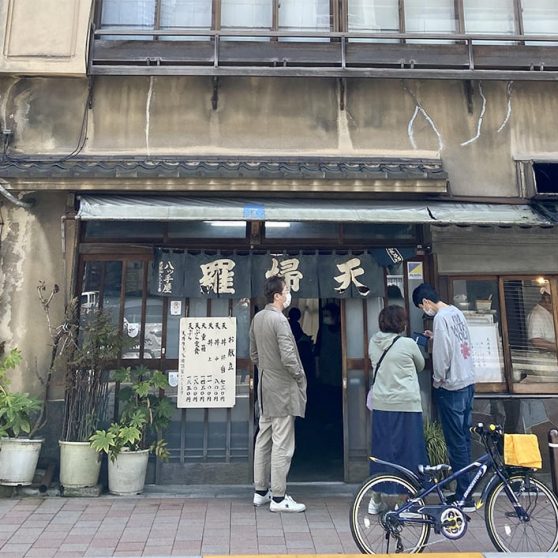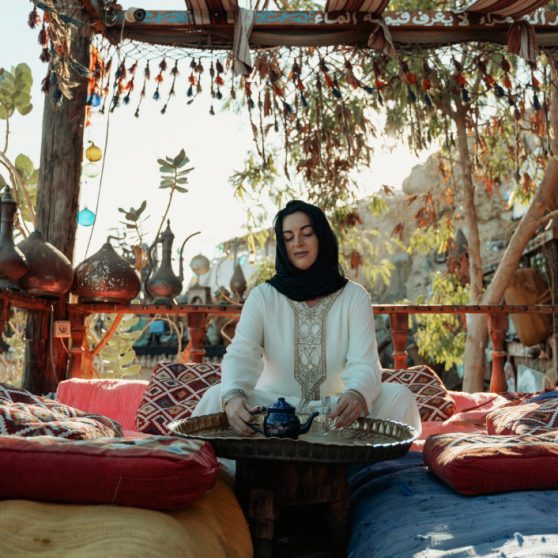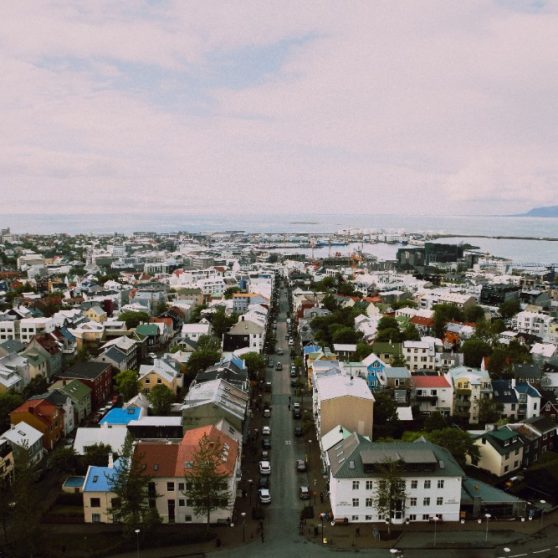After many long weeks of social distancing and staying home, there are glimmers of hope that we can begin to reconnect with the wider world.
Experts are cautiously optimistic, although there is no COVID19 vaccine, and a second wave of infections is possible. But it feels as though the horizons are expanding, just in time for summer adventures. Restless travelers are looking beyond their backyards and neighbourhood parks, and wondering where they can safely explore and soak up a new vista.
While far-flung journeys and international travel are still on pause for most of us, there are still countless places for open-minded adventurers to explore. Road trips, national park visits, and camping excursions are all possible with a little caution and preparation.
For those hoping to escape their familiar environment and find the inspiration that comes from exploring a new and beautiful place, here is our guide to planning a safer summer journey.
Proceeding with caution & planning with care
With the months ahead still unpredictable, most travelers are wisely planning to avoid crowded locations to minimize risks for themselves and others. And lucky for them, many experts agree that traveling can be done safely as long as you stay close to home and maintain social distance.
In response, hundreds of national, state and provincial parks are preparing for summer visitors, and campsites are reopening to varying degrees. Before you break out the maps and start plotting your journey, there are a few universal safety suggestions to bear in mind.
First, think local. Now isn’t the time for a cross-country expedition. Staying within your own community is safest for you and others. Many communities are still recommending against non-essential travel and asking visitors to stay away, so look to your local experts for guidance.
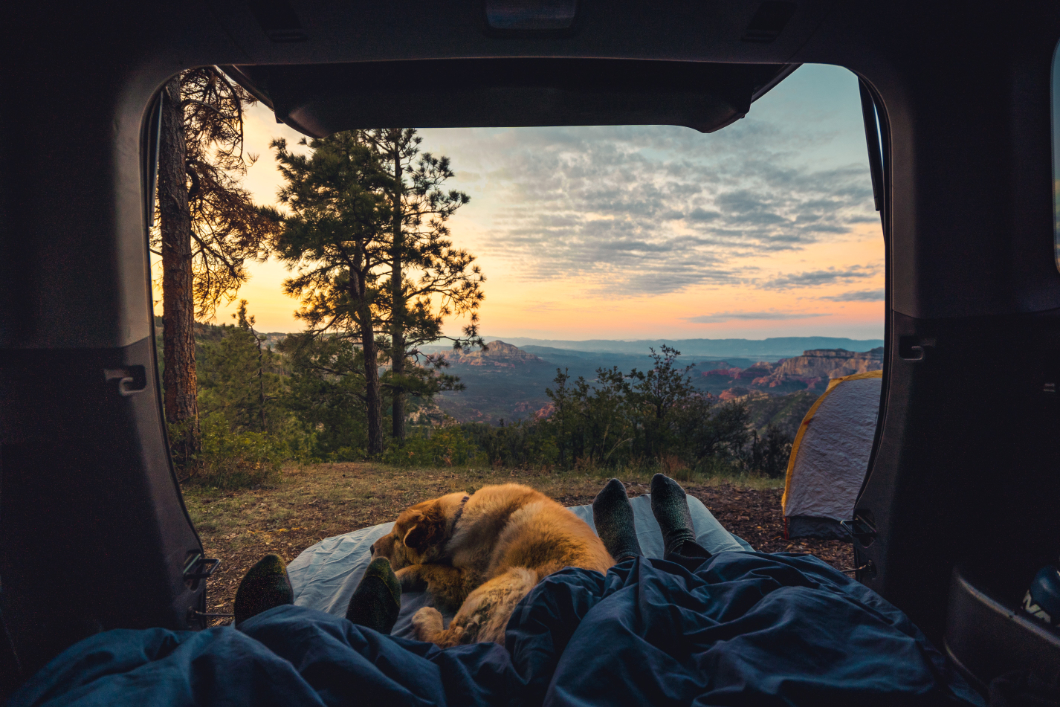
Second, be flexible. If you come into contact with someone who has COVID19, experts recommend you stay home for at least 14 days. Otherwise, you may infect others, even while engaging in low-risk activities outdoors. A non-refundable campground deposit is not a good reason to endanger yourself and others, so make peace with the possibility of cancelling your plans.
Now is also not the time for a big group reunion. It’s best to travel with your immediate household members, or friends who you’ve already been isolating with. Face-to-face contact is the greatest risk factor for coronavirus, so being in close quarters with others (in a tent, car, or motel room) raises your risk. For that reason, you should stick to your bubble.
No matter what your destination is, one excellent tip is to assemble a “corona kit” that includes face masks, hand sanitizer, disinfecting wipes, rubber gloves. Keep it in your car or backpack so that you can safely navigate bathroom breaks, rest stops, gas stations and other environments.
Once you’ve assembled your kit, you’re ready to go! The only question is: where do you want to explore?
Making the most of the great outdoors
Most national, provincial and state parks are already open, comprising hundreds of possible destinations that offer fresh air, social distance and glorious adventure.
But even when planning a trip to your favorite park, you can’t rely on past experience when planning ahead. Even the most familiar destinations will probably be different this summer, as parks have adjusted their operations and activities to keep visitors safe.
“We’re going to have to create new norms of how to behave around one another in national parks to create space,” said Will Shafroth, the president and chief executive of the National Park Foundation, to the New York Times.
Every province and state is approaching park re-openings differently, and individual parks may also have their own additional restrictions, hours and visitor limits. Many are requiring reservations to enter parks, in order to ensure social distancing can be maintained. These complex and shifting requirements mean that choosing a park is a complex endeavour.
Wisely, some provinces and states are limiting access to residents only, and the US-Canada border is still closed to non-essential travel until at least July 21. So sticking with nearby locations will help you narrow down your choices.
Another consideration is popularity. Parks with major attractions, like Yellowstone or Glacier parks in Montana, typically attract big groups of tourists to just a handful of sites. Of the 419 parks in the US, half of all 2019 visits were to just 27 of them. If you want space (and your choice of dates), opt for a park with a lower profile.
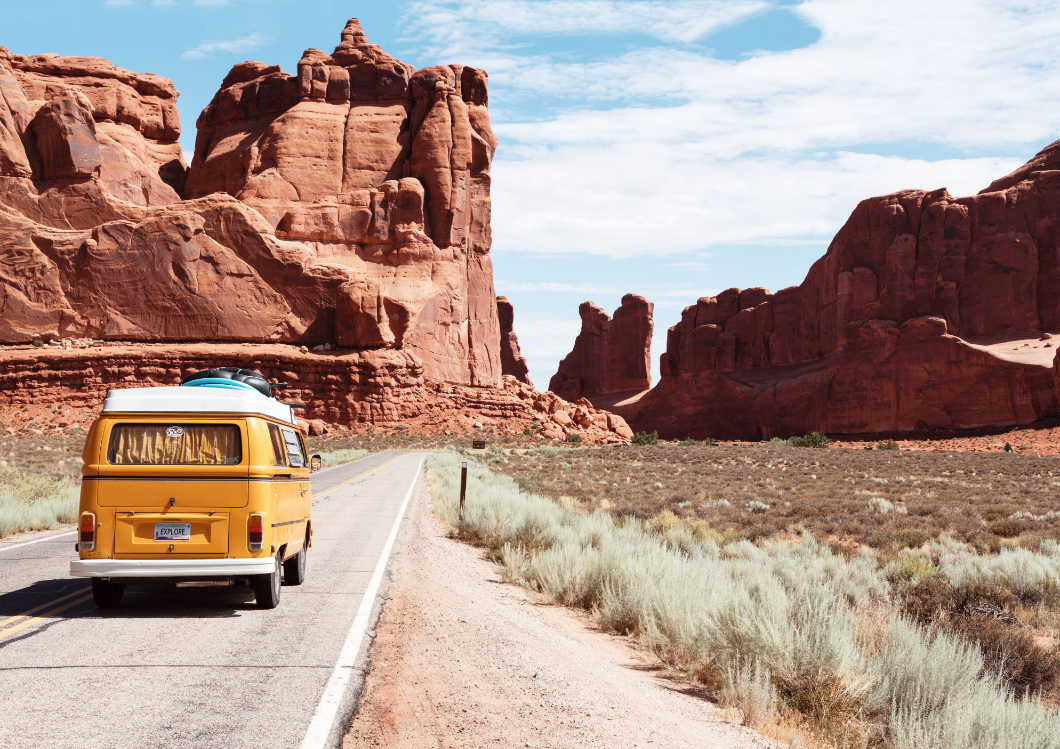
Other advice for finding your natural splendor:
- Consider day trips. Many parks are restricting camping access until later in the summer, but that doesn’t mean you can’t enjoy them. Challenge yourself to visit a new park, trail, beach or lake within an hour’s drive of your home, and you might be surprised how many choices you have.
- Watch your step. Park rangers have warned that wildlife have become habituated to the lack of human visitors, with tortoises basking on quiet roads and bears roaming widely. Some may pose a risk to you, but you can also be a danger to small and vulnerable species. Tread carefully and move slowly, at an easy pace that also lets you soak up your surroundings.
- Bring what you need. In the words of the Colorado Parks and Wildlife team, “Pack as if you are going to the moon.” Bring everything you need, including food, water, and first aid supplies, as well as sanitizer, soap and disinfectant for shared campground bathrooms and picnic tables.
Rules of the road trip
Not the camping type? Or simply looking for a little variety in your vacation plans? Road trips are definitely an appealing option right now, if the 650% increase in demand for RV rentals is any indication. Gas is cheap, traffic is calm, and the roads are wide open.
And while traveling by car may carry different risks than camping or day-tripping in a park, there are still ways to do it safely while having fun. While contaminated surfaces can spread coronavirus, it’s not the main mode of transmission, so take sensible precautions while on the road.
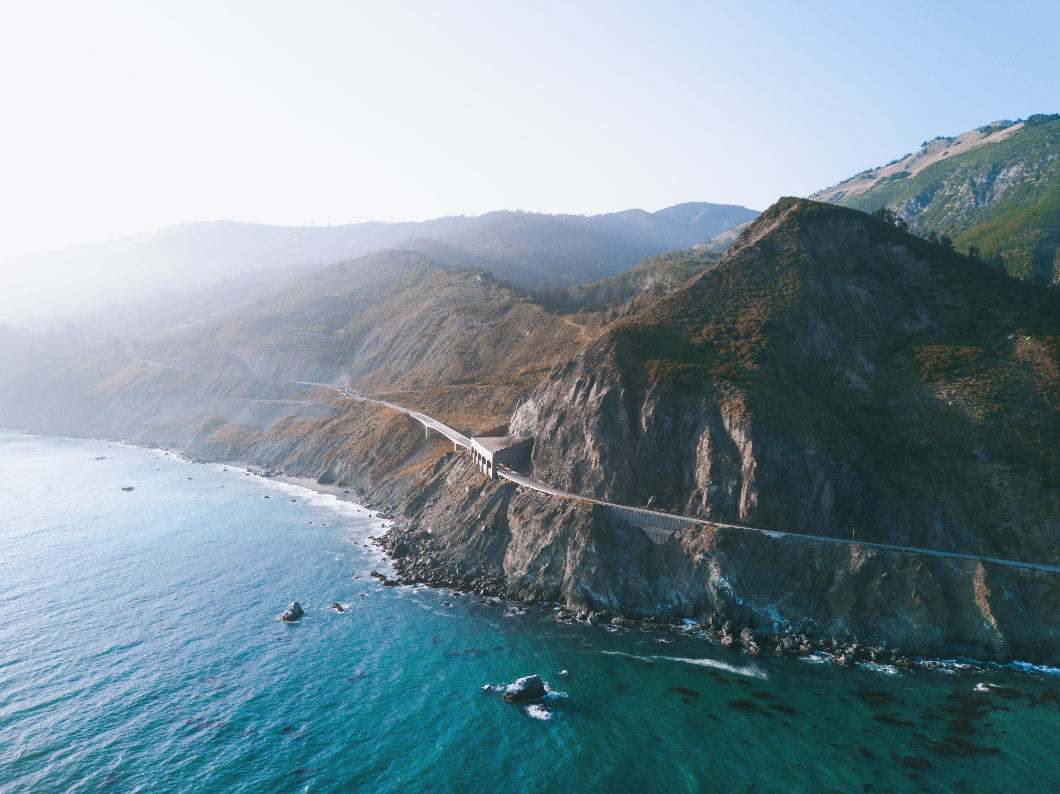
As with visiting parks, begin by doing your homework. Every location has different rules about restaurant service, gas station hours may be limited, and some areas may require wearing a mask when entering a business. Plan your route carefully and research your stops ahead of time, so you know what to pack in your corona kit.
When it comes to road trip logistics, we have a few more expert tips:
- Navigating car rentals. For those who don’t own vehicles, check with your car rental company about their sanitation practices. Major companies like Hertz and Avis have adopted rigorous cleaning standards, and you can also wipe down high-touch surfaces with disinfectant for an extra measure of safety.
- Prepare to stop. Pack tissues, toilet paper and paper towels for using public bathrooms without touching too many surfaces (and avoiding the timeless disaster of an empty roll in a gas station bathroom). Get food to go where possible, and take care to socially distance when you stop to stretch your legs.
- Overnight safety. Many hotels have stepped up their cleaning practices, as have AirBNB hosts. If you’re staying booking overnight accommodations, call and ask how they’re minimizing risk of infection. No matter how vigilant their practices are, you may still want to wipe down the room with your own disinfectant. Consider the size of the property: a smaller rental, where you’re not passing other guests in hallways and elevators, is a safer choice.
- Travel slowly. Staying in a different location each night will increase your risk more than spending many nights in one place, which is why many travellers are opting for long stays.
Embrace the possibilities
As Theodore Roosevelt said, comparison is the thief of joy. Let go of the travel expectations you had and enjoy what’s right in front of you, whether that’s a hike in a nearby park or a sunset trip to your closest beach.
If there’s one thing we can take away from this experience, it’s a renewed appreciation for the world around us, and a commitment not to take it for granted. A walk in the woods, a night under the stars— being confined to your home for weeks will make you realize what luxuries these are. Get out there and savor them.
This summer may not offer the most glamorous journey of your life, but can still go somewhere more exciting than the grocery store for a change. And that is worth celebrating.
